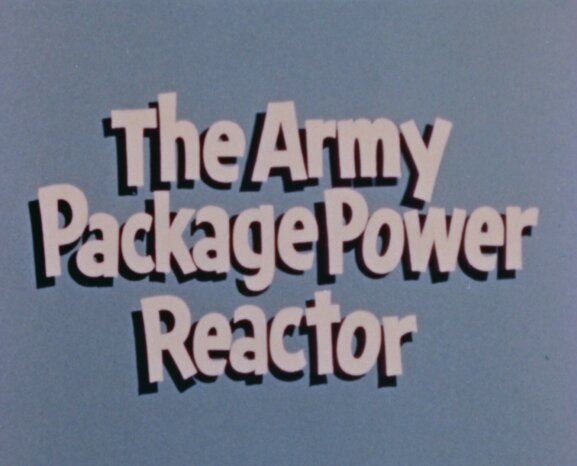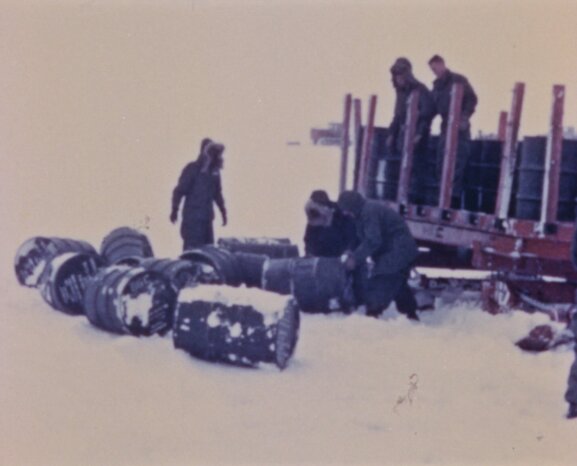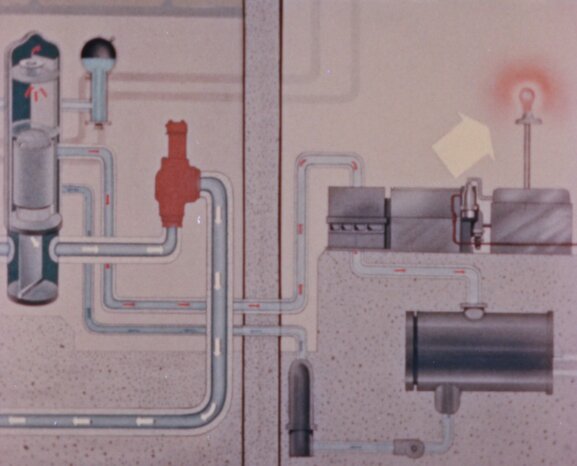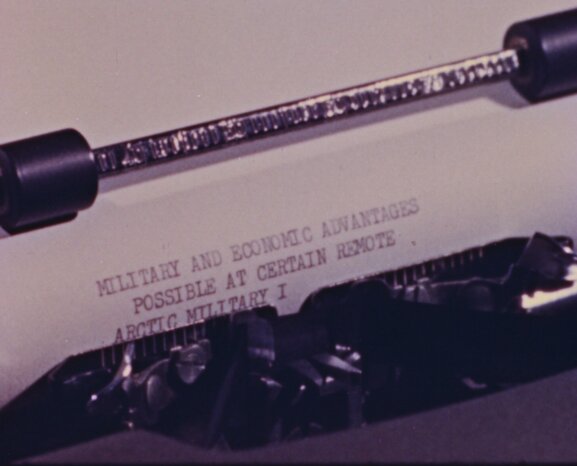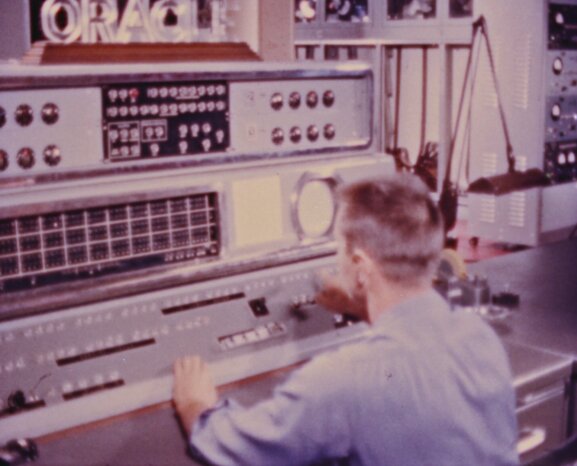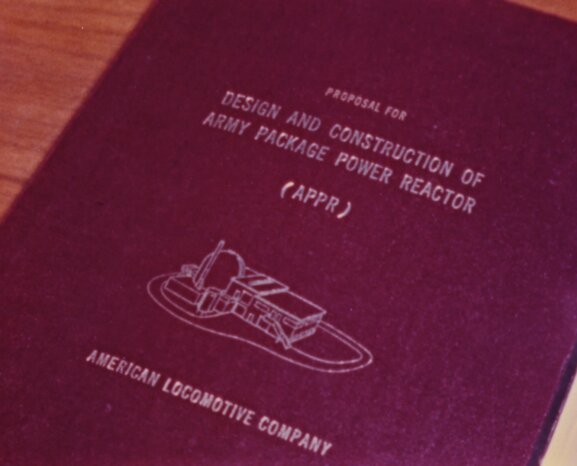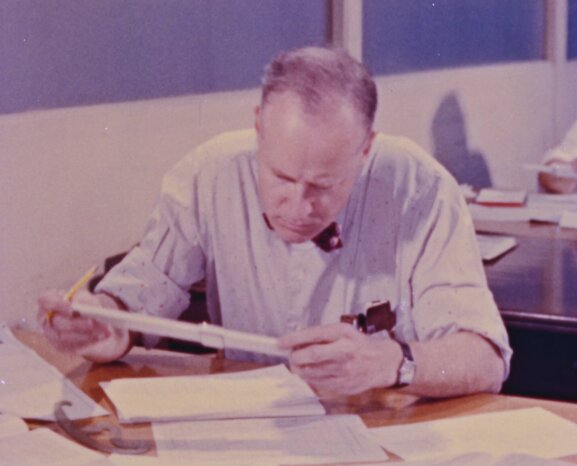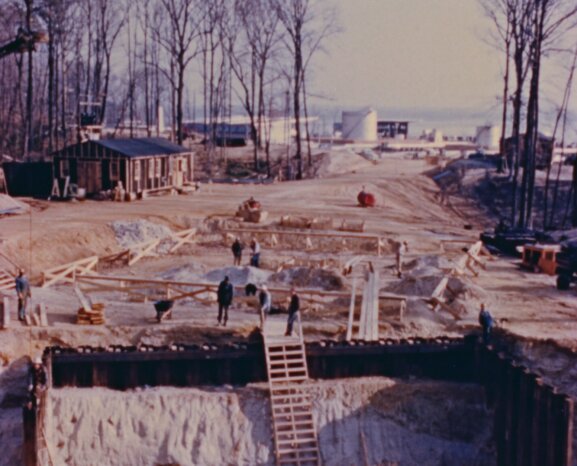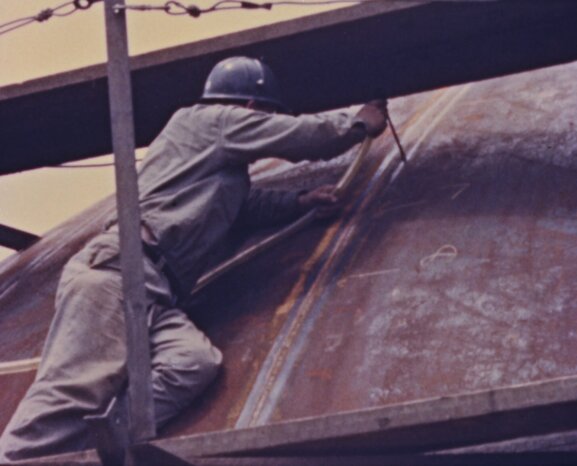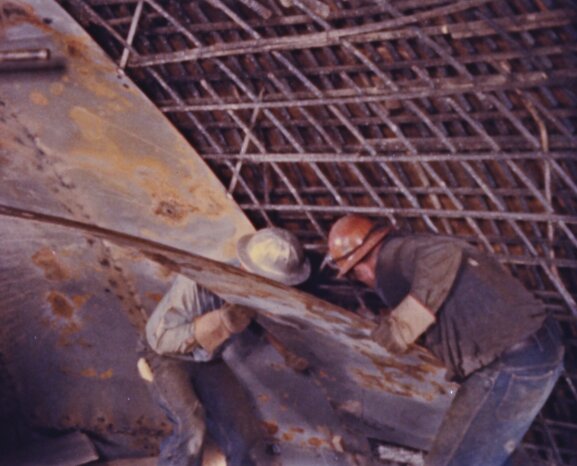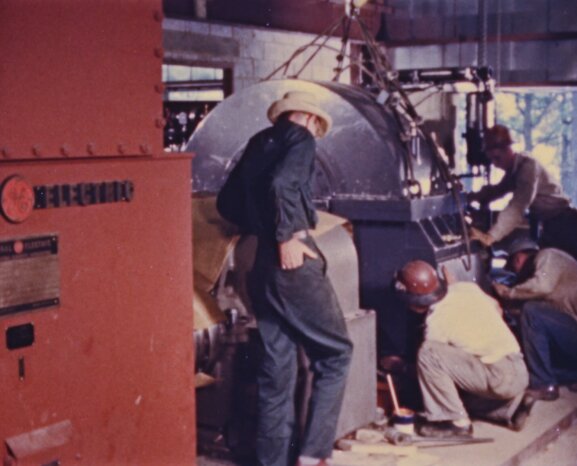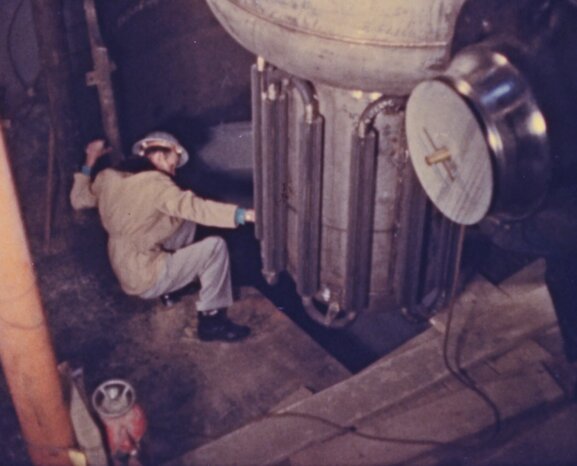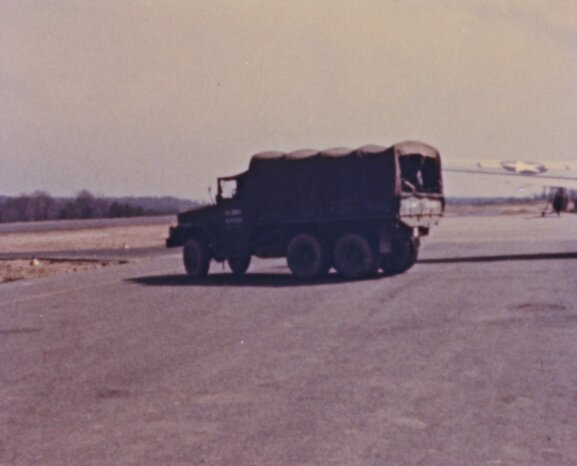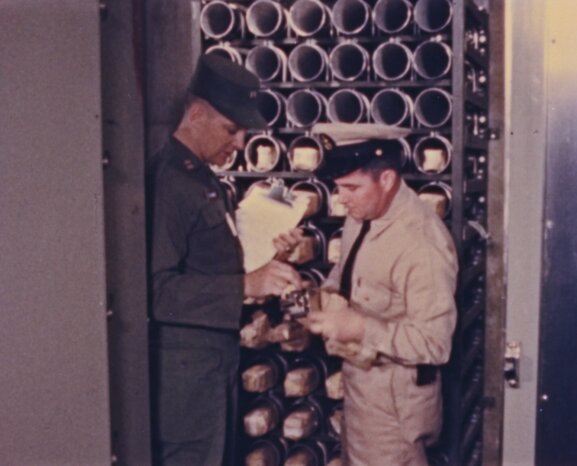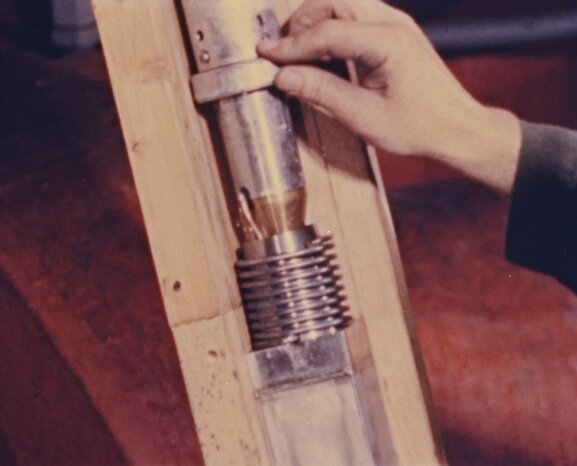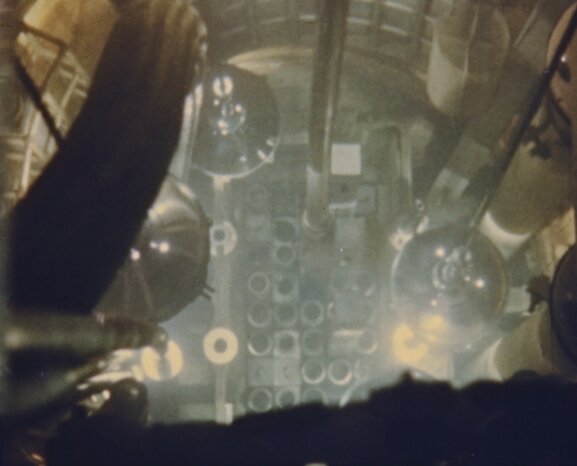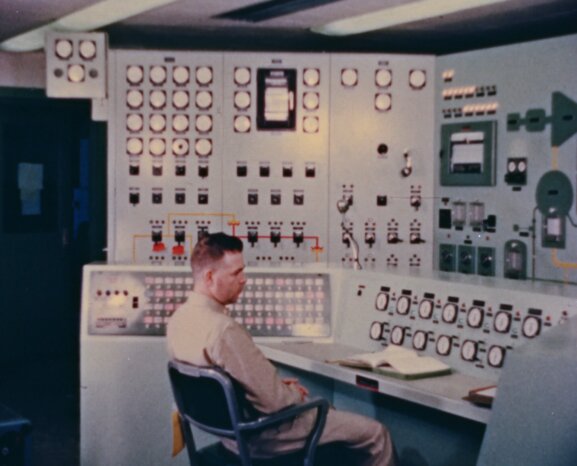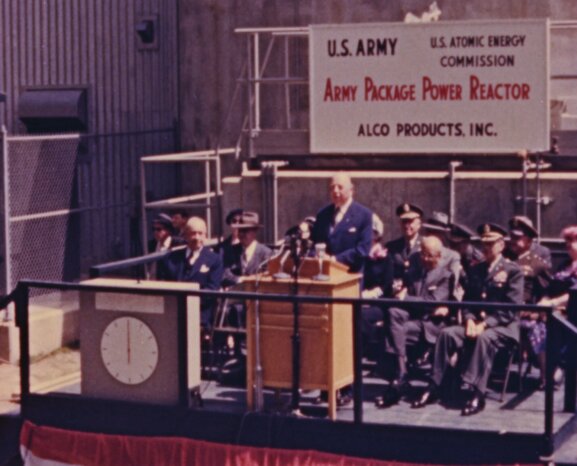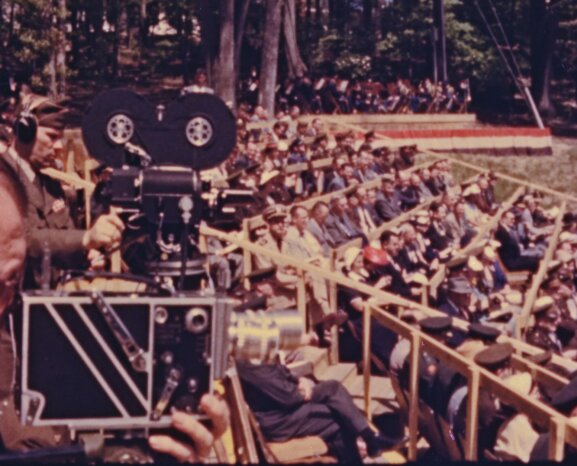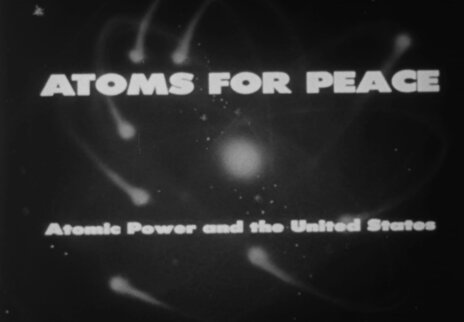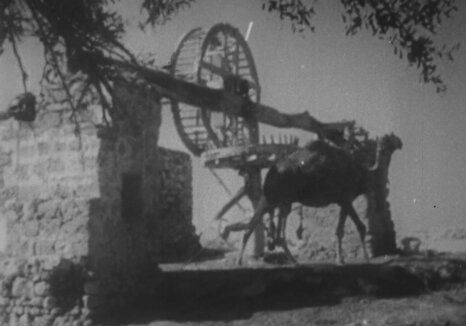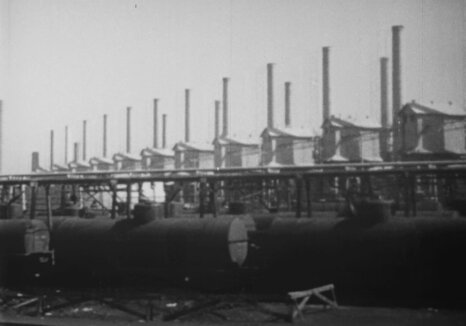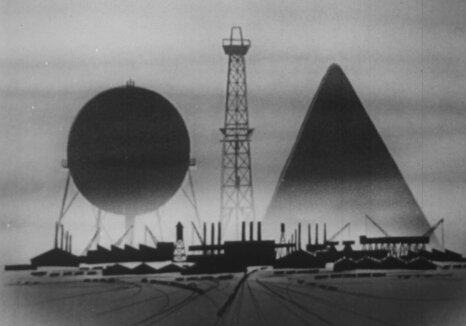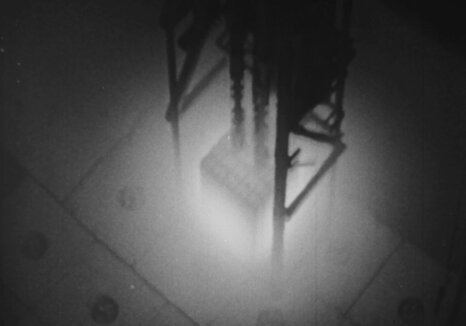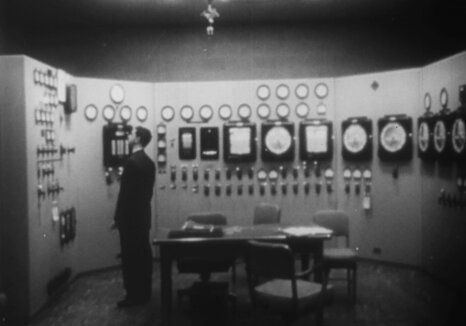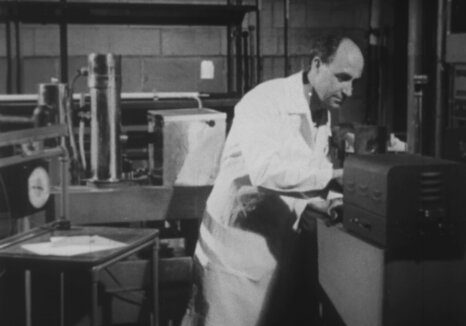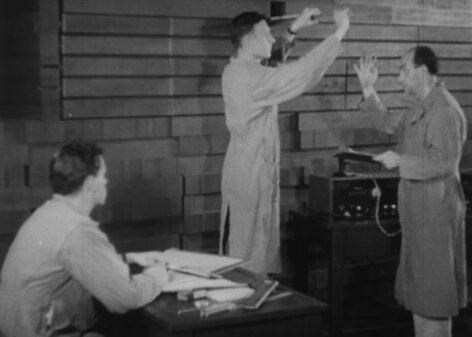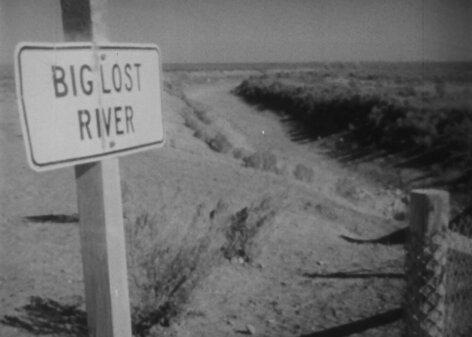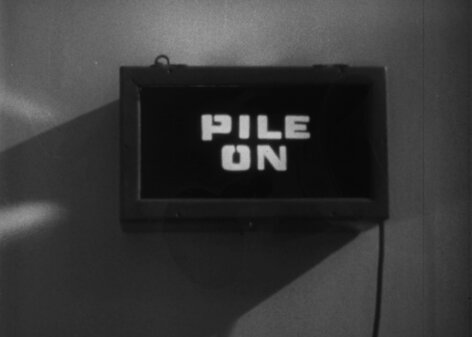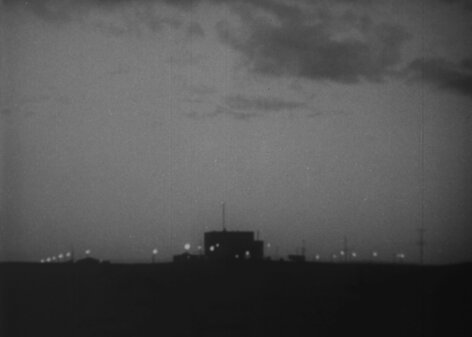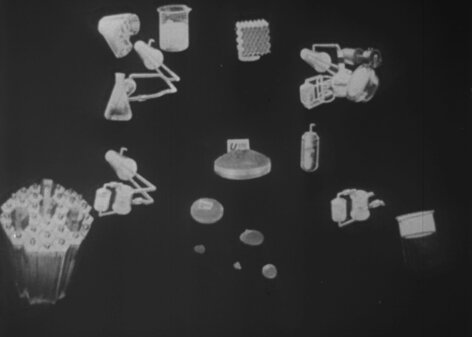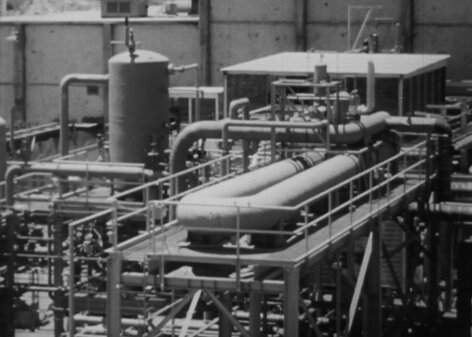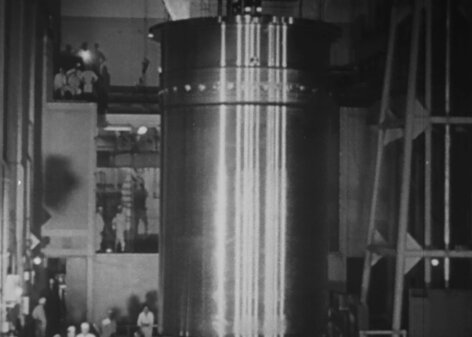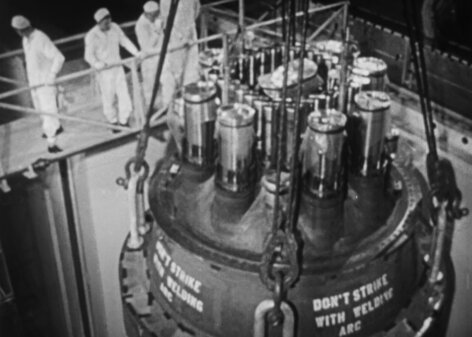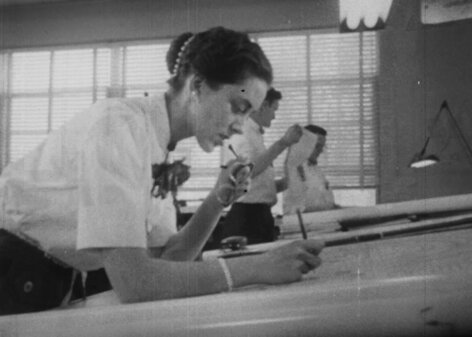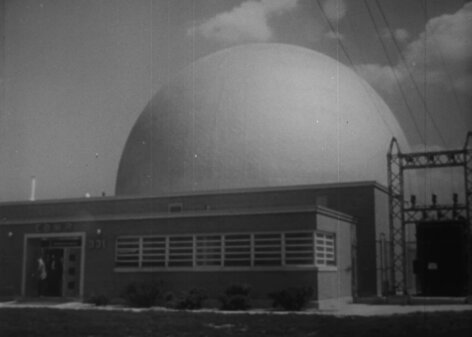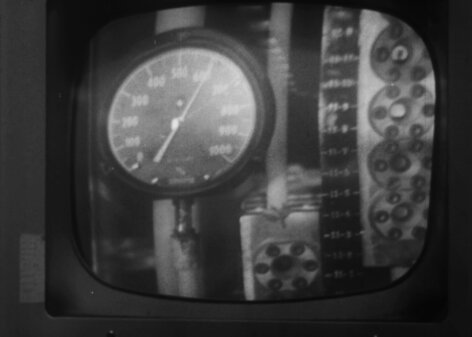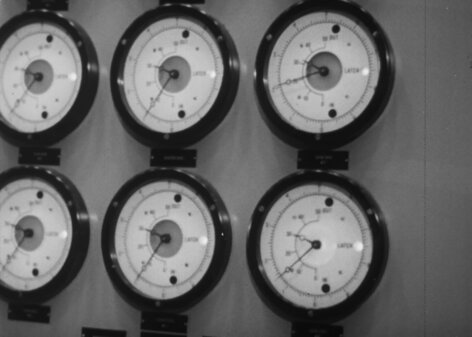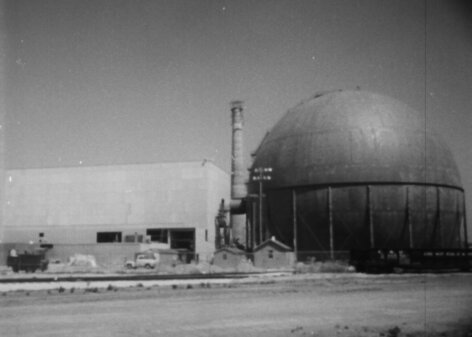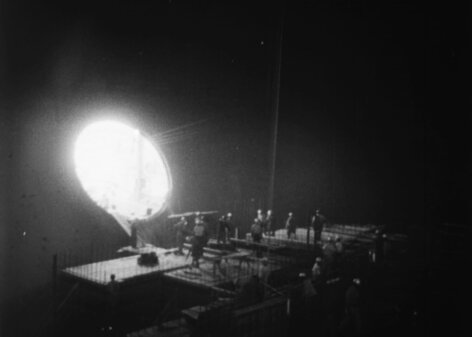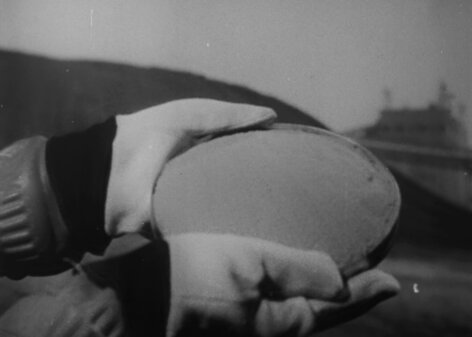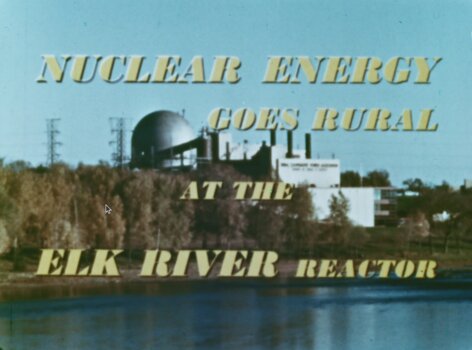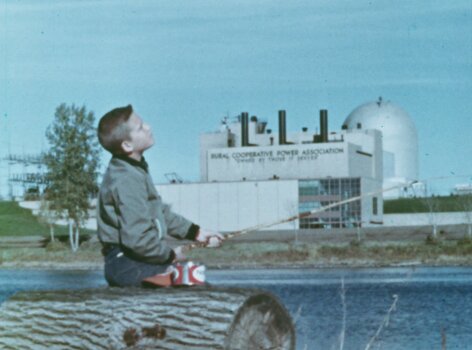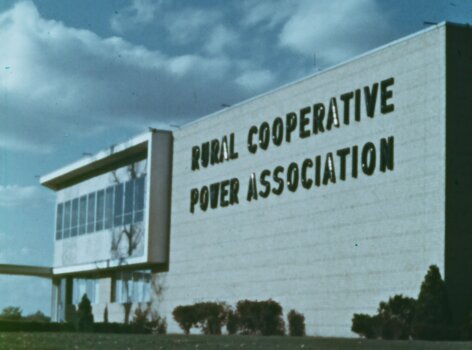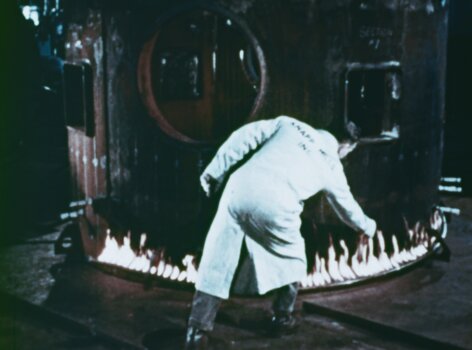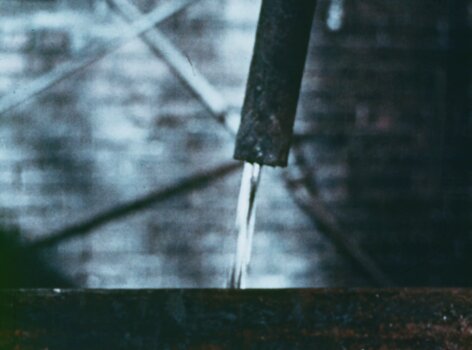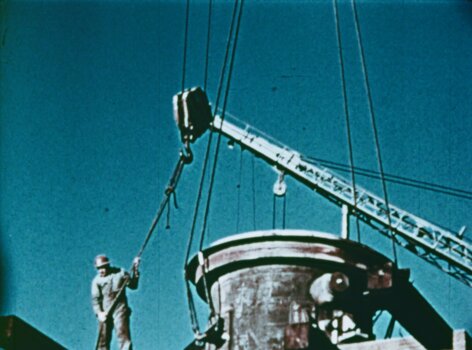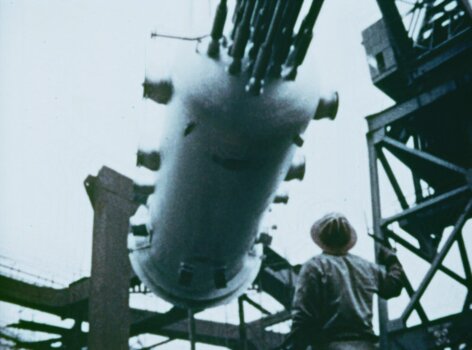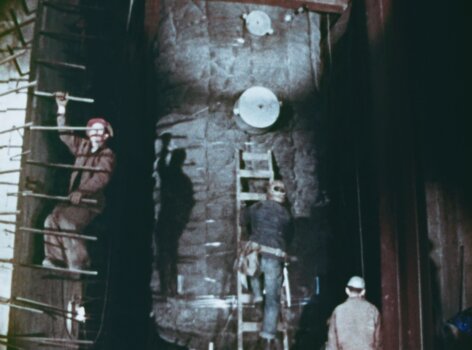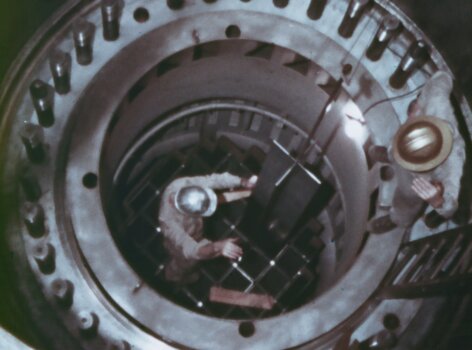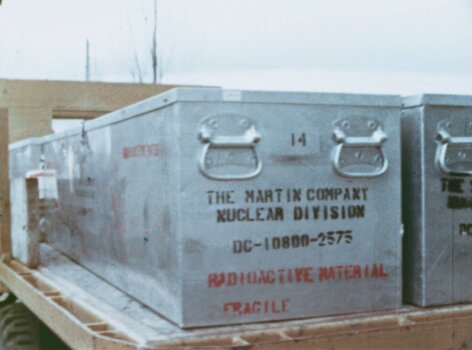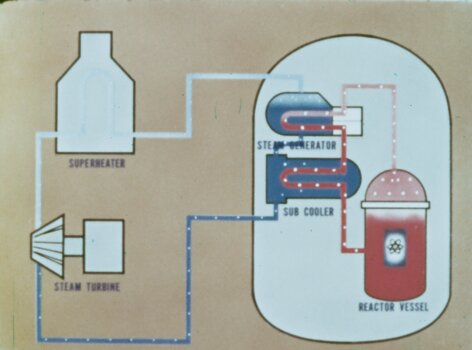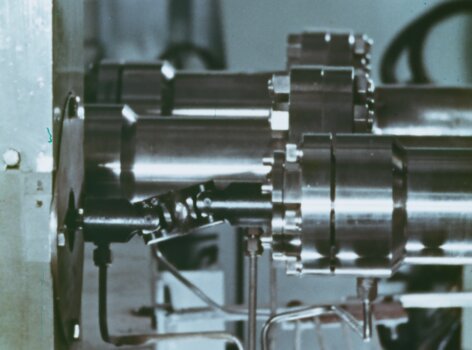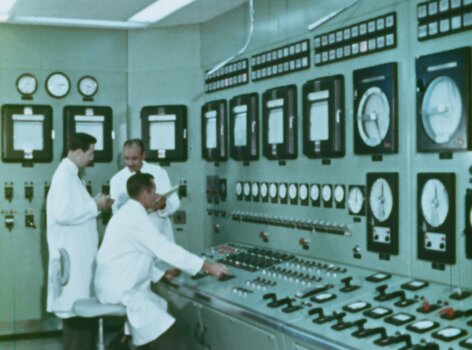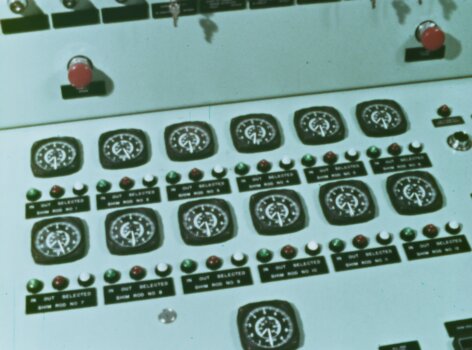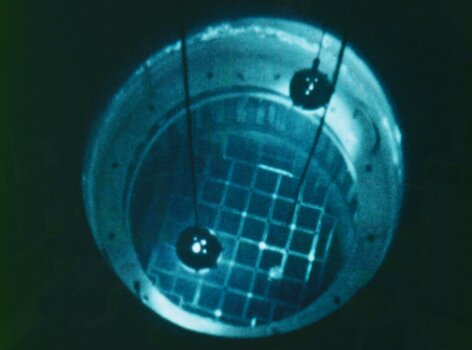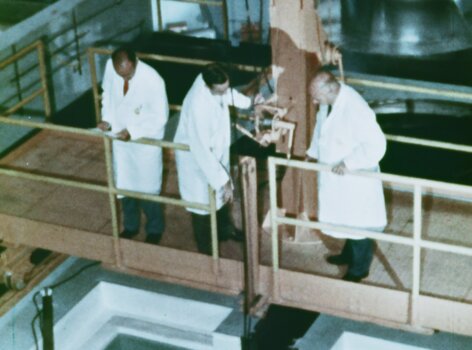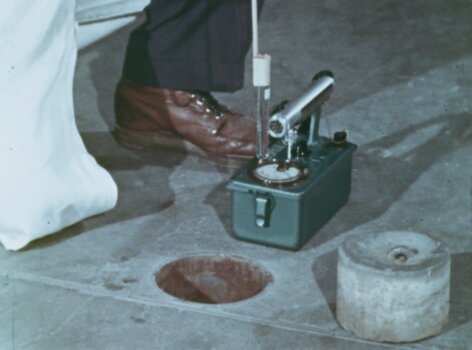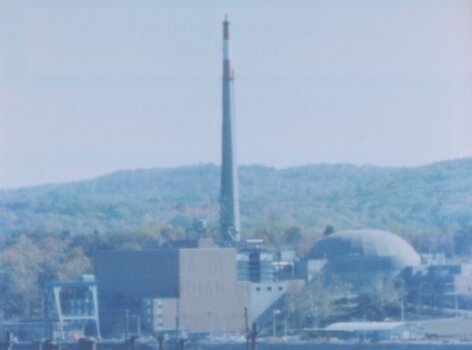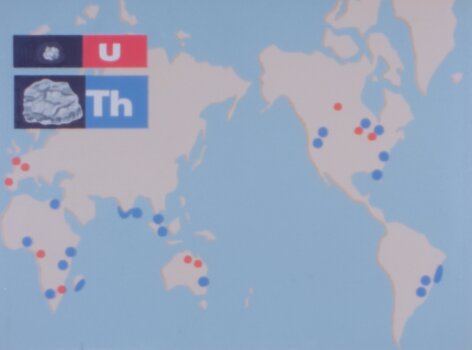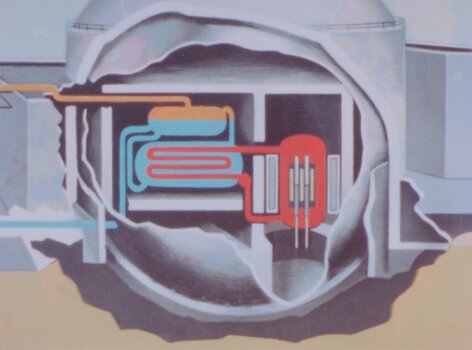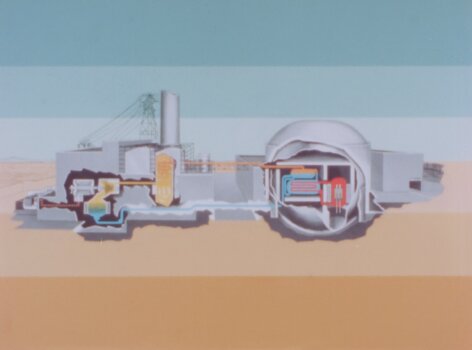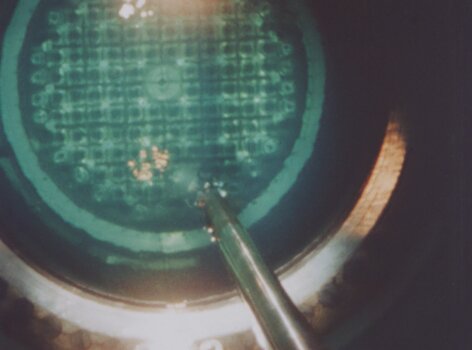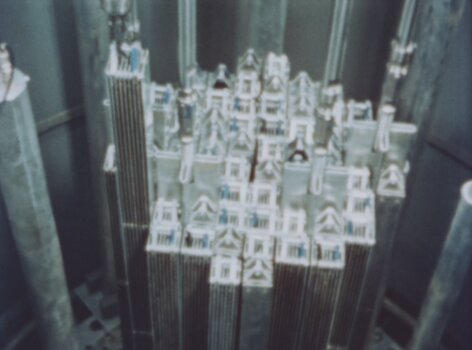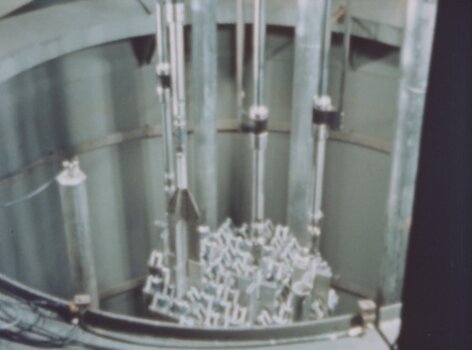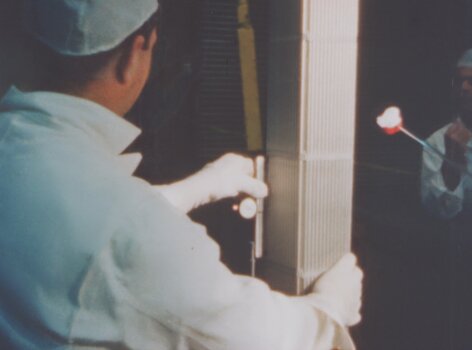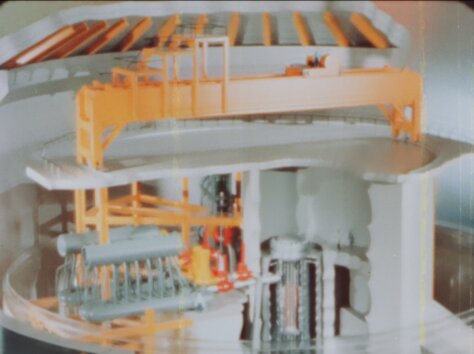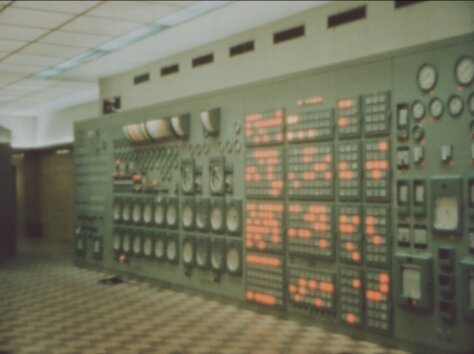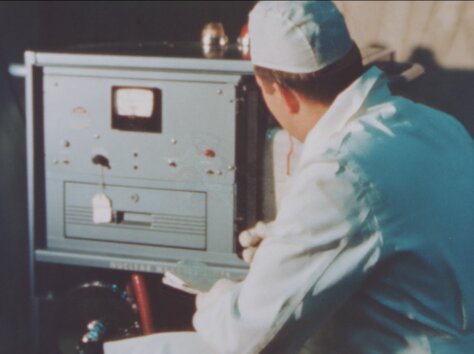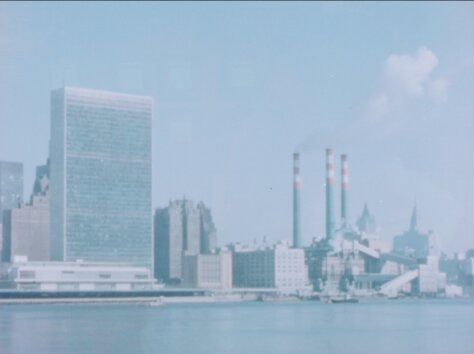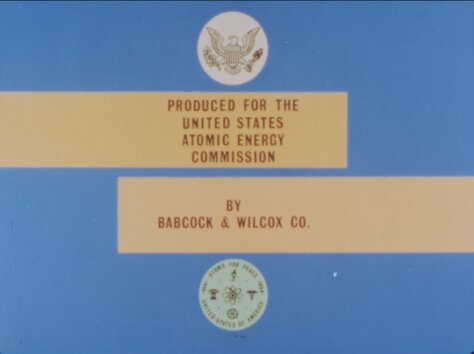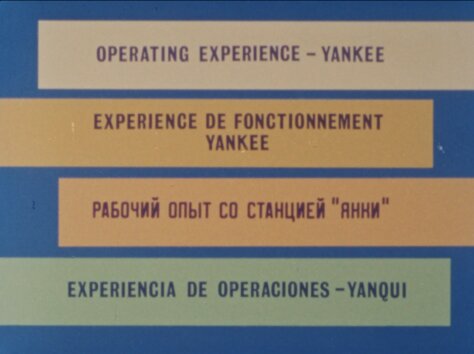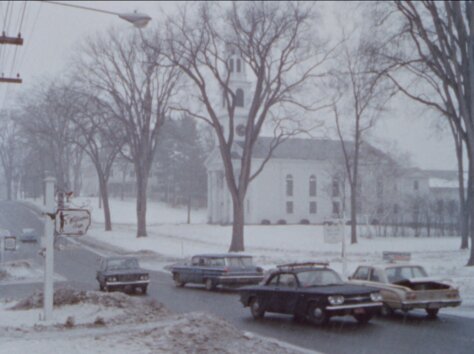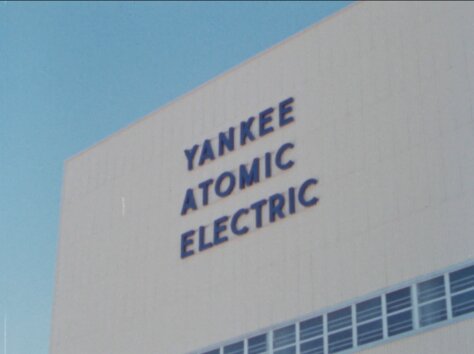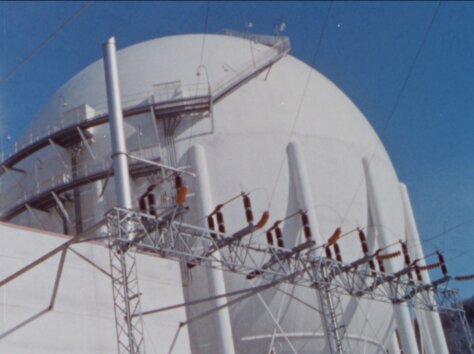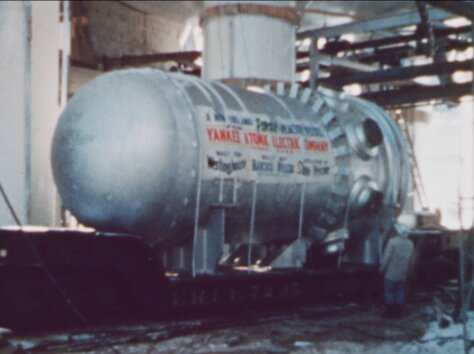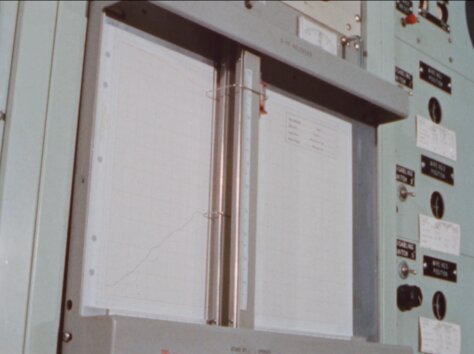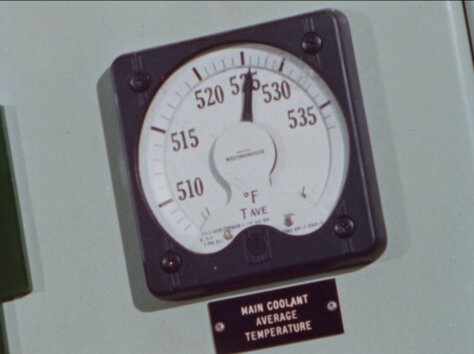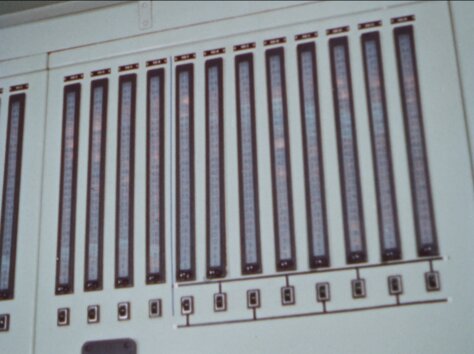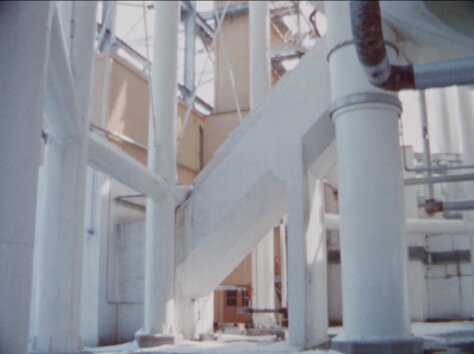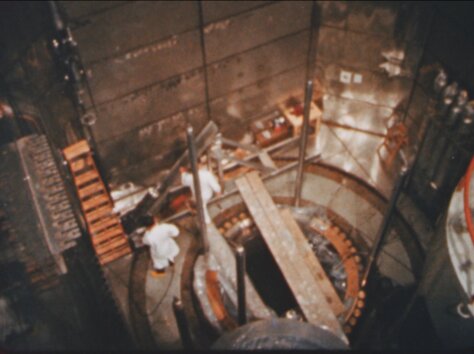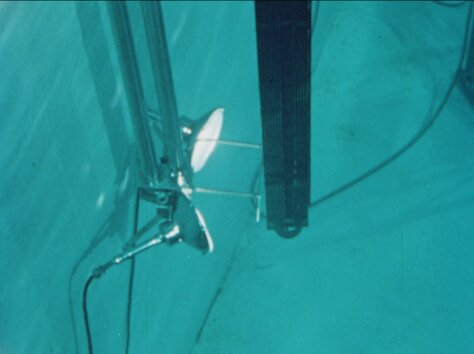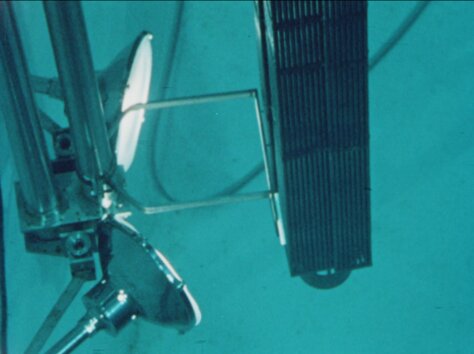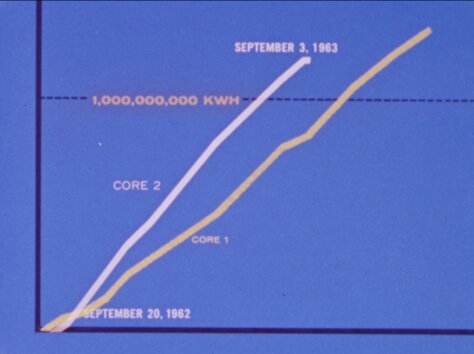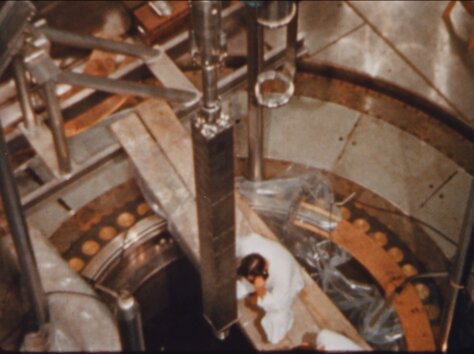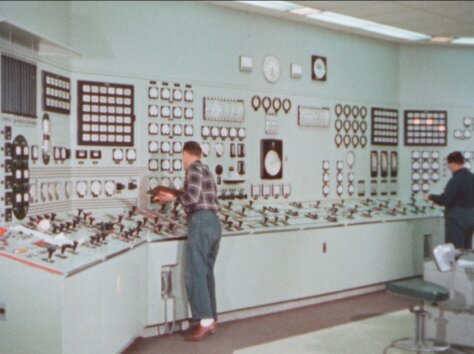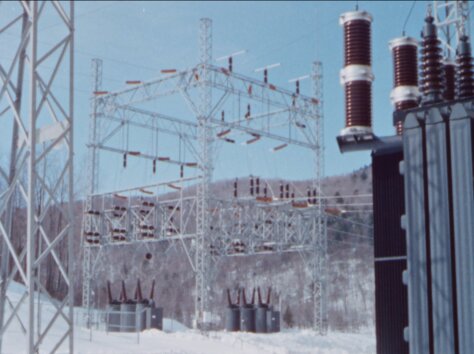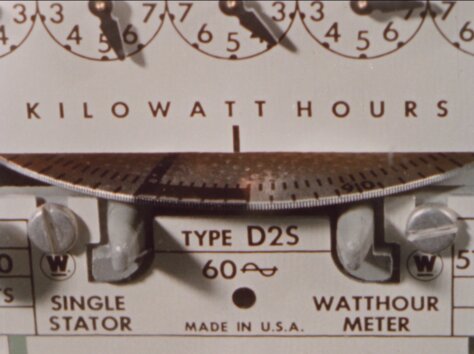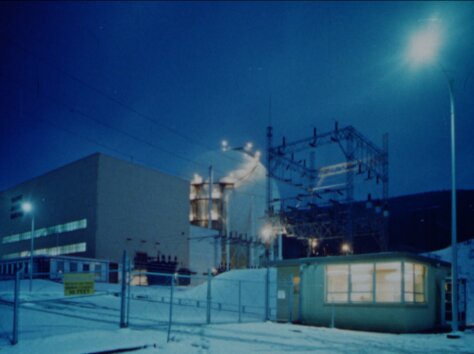Six early nuclear reactor films digitized thanks to Last Energy
By Nick Touran, Ph.D., P.E., 2024-03-16 , Reading time: 19 minutes
I couldn’t be happier to be announcing the addition of six(!) more digitized historical nuclear films to the world’s collection, thanks to the generosity of Last Energy. This is our biggest batch of digitizations yet! As before, these were all sourced from 16mm films in the US National Archives. We will continue shedding light on valuable and historic films. If you’re interested in participating, see contact info at bottom of page.
- Army Package Power Reactor (1957)
- Atomic Power and the United States (1957)
- Nuclear Energy Goes Rural (1963)
- Operating Experience, Indian Point (1964)
- Operating Experience, Yankee Rowe (1964)
- Naval research laboratory reactor (1958)
- See Also
Army Package Power Reactor (1957)
The Army needed reactors that could be packaged up and air-lifted to remote bases to provide power. The Oak Ridge National Laboratory designed a compact and simple pressurized water reactor that could achieve this. A prototype was suggested, and so the SM-1 was built and operated in Ft. Belvoir, Virginia. This film explains the package power program and shows construction and initial operation of the SM-1, aka the APPR-1.
This is film 88093 in our catalog.
- The Hazards Summary Report shown in the film may be found online here.
Atomic Power and the United States (1957)
This one summarizes the growing need for non-fossil electricity sources and explains how the USA is approaching the development of economical nuclear power by building a variety of promising concepts, including the Fast Breeder Reactor (EBR-1 in Idaho) Sodium Graphite Reactor (SRE in CA), the Pressurized Water Reactor (APPR-1/SM-1 and Shippingport), the Aqueous Homogeneous Reactor (HRE at Oak Ridge), and the Boiling Water Reactor (EBWR at Argonne).
This is film 88107 in our catalog.
Nuclear Energy Goes Rural (1963)
The second round of the US Power Demonstration Reactor Program aimed to bring more newcomers into the nuclear industry, both as customers and as constructors. Several small rural communities were awardees in the program, and the Elk River Reactor in Elk River, MN was built. This film describes the reactor.
This is film 88195 in our catalog.
Operating Experience, Indian Point (1964)
The third international “Atoms for Peace” conference occurred in Geneva in 1964. The US delegation produced 24 films summarizing progress in nuclear in the USA. The following was one of them. As the film explains, concerns about long-term uranium supply were serious in 1955, so the Indian Point 1 reactor used thorium as the fertile material instead of U-238. This was the first commercial-scale use of a thorium fuel cycle.
(Not mentioned in the film is the fact that the second core moved away from thorium to reduce cost, and because much more uranium had been discovered than initially expected)
This is film 88208 in our catalog.
See Also:
Operating Experience, Yankee Rowe (1964)
This was another 1964 film of the same vintage, but about the Yankee Rowe PWR. Yankee Rowe was developed by a consortium of utility companies. It’s excellent performance in construction and operation was a major factor in the achievement of economical nuclear power that led to a LWR-dominant fleet.
This is film 88209 in our catalog.
Naval research laboratory reactor (1958)
Due to an issue with the audio track, this film was processed a bit later than the others, and has been announced and displayed here.
See Also
- Our Digital Reactor History Museum
- Tweet announcement of this page
- Our Old Videos page with a running list of the available and yet-to-be-scanned films out there. If you’re interested in helping to get some of these scanned, check out our digitization GoFundMe and/or contact us!
Reader comments
